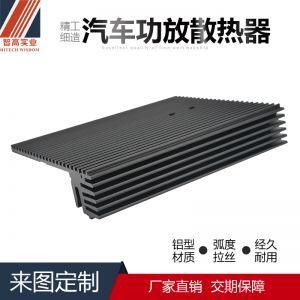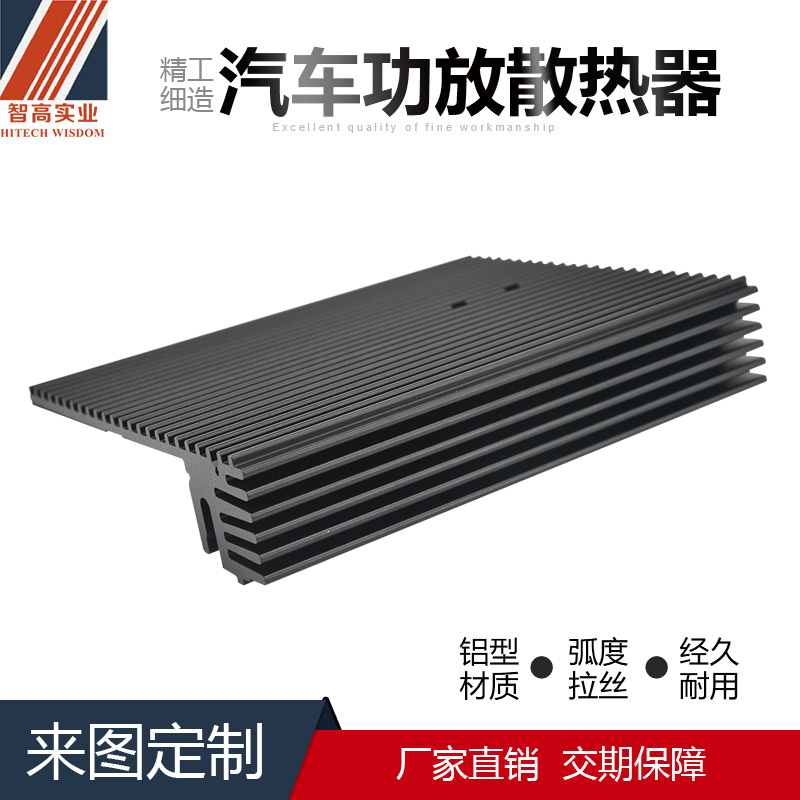

Know the bottom surface processing technology of those electronic radiators. In fact, the common processes are: CNC machine tools, wire drawing and some other processes. Then let's take a closer look at them.
First of all, CNC machine tools, CNC machine tools applied to the bottom surface of the heat sink, the main process used is milling. First of all, it is somewhat different from traditional disc milling. The cutter of the CNC milling machine can precisely control the relative distance to the heat sink through the single-chip microcomputer. After the props touch the bottom of the heat sink, the two move relative to each other in the horizontal direction to cut the unprocessed part left by the tool gap in the traditional disc milling, and achieve a complete plane, without any subsequent processing. Obtain a mirror-like effect.
Then there is the wire drawing process, which is a bottom surface treatment process that is used more. Wire drawing is a metal processing technology. In metal pressure processing, the metal is forced through the mold under the action of external force, the cross-sectional area of the metal is compressed, and the required cross-sectional area shape and size are obtained. The technical processing method is called metal wire drawing process, which changes the shape and size. The tool is called drawing die. Common tools used for drawing electronic radiators are sandpaper, files, etc., which perform one-way, rotating and repeated friction on the surface of the object, and remove the unevenness of the surface through the rough surface of the tool. Because it is friction, scratches will appear on the surface of the smoothed object. So we can make the process from coarse to fine step by step, and slowly reduce the roughness of the processed surface.
Through the above, you may have a better understanding of CNC machine tools and wire drawing process.
In addition to the two mentioned above, there are actually many other processes, such as polishing, sandblasting, and electroplating. Although there are many processing techniques, it is impossible to make a completely standard flat surface with these mechanical techniques. There will be some gaps between the radiator and the CPU, and the air in these gaps will also have a certain impact on the conduction capacity of the radiator. This is because the thermal resistance of air is relatively high. Well, that's all I know, do you know more about it?